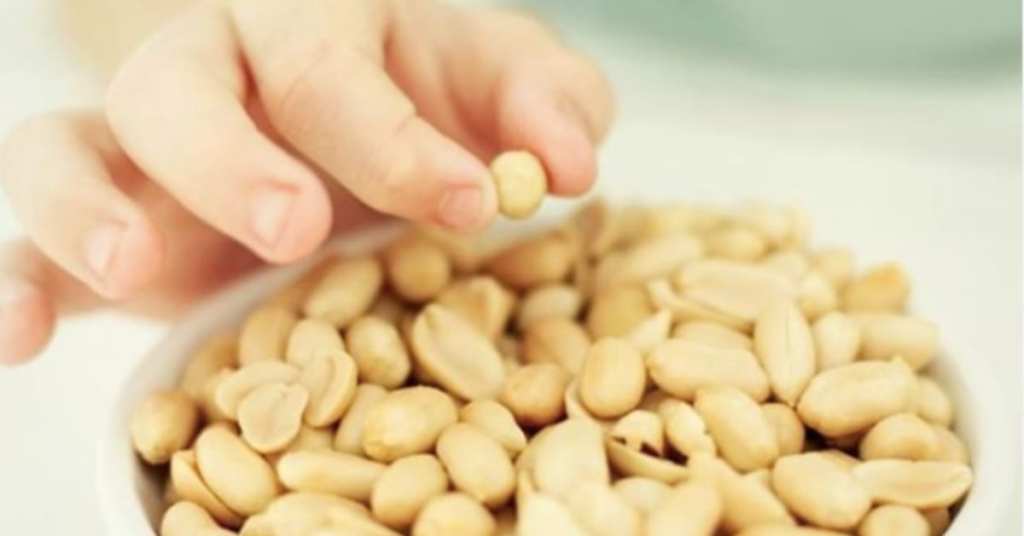As someone who had a peanut allergy before anyone gave a crap about trying to accommodate them, this story feels near and dear to my heart.
I went to school with kids who brought peanut butter lunches. I flew Southwest airlines high on Benadryl. I’ve had an innocent-looking salad at a Japanese restaurant send me to the emergency room and I learned the hard way that no protein bar – regardless of the promises (lies) on the label – is safe to eat.
So, even though after 40 years of learning to hate even the smell of peanuts I could never eat one, I appreciate the FDA working toward a way to eliminate this very scary way of life for so many.
The treatment is the first of its kind, and though it will not allow allergic kids to eat peanut-heavy foods, it should reduce their risk of going into anaphylactic shock in the case of an accidental ingestion.
Aimmune Therapeutics, Inc is behind the treatment, called Palforzia, which works by exposing patients to a drug derived from peanut powder. The initial dose is equivalent to a small amount of peanuts and is mixed into a semi-solid food like applesauce, yogurt, or pudding.
Your first dose is consumed in one day under the supervision of a medical professional, but subsequent phases, taken over the course of several months, can be done at home.
There are 11 increased dose levels in the protocol, which is going to be offered to alleric children between the ages of 4 and 17.
Dr. Peter Marks of the FDA is definitely aware of how this might positively affect many Americans.
“Peanut allergy affects approximately 1 million children in the U.S. and only 1 out of 5 of these children will outgrow their allergy.
Because there is no cure, allergic individuals must strictly avoid exposure to prevent severe and potentially life-threatening reactions.”
A related study showed that the treatment increased the amount of peanuts that allergic children could tolerate, but didn’t comment on whether it totally protected them against accidental encounters.
The authors released this statement:
“Even with strict avoidance, inadvertent exposures can and do occur.
When used in conjunction with peanut avoidance, Palforzia provides an FDA-approved treatment option to help reduce the risk of these allergic reactions in children with peanut allergy.”
And Dr. Subhadra Siegel, chief of pediatric allergy and immunology at New York Medical College in Valhalla, N.Y., underscores what a giant relief this will be for many in her own statement.
“It’s a big deal.
The thought of relieving that anxiety and being able to eat in a restaurant without worry.
These are huge debilitating things for families with food allergies.”
Mistakes have happened in my adult life, so it’s easy enough to imagine how constantly terrifying it would be to worry that you child might die from sneaking the wrong cookie at a birthday party.
That, at least, might soon be a thing of the past.
